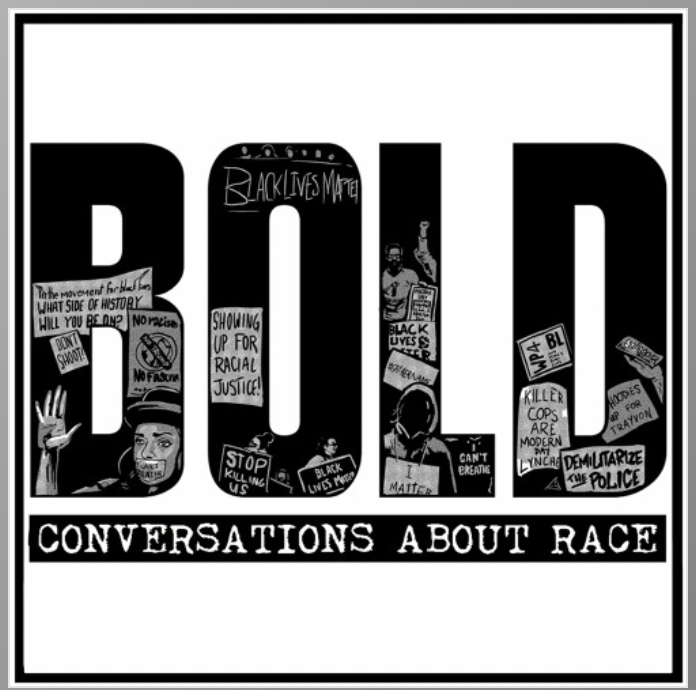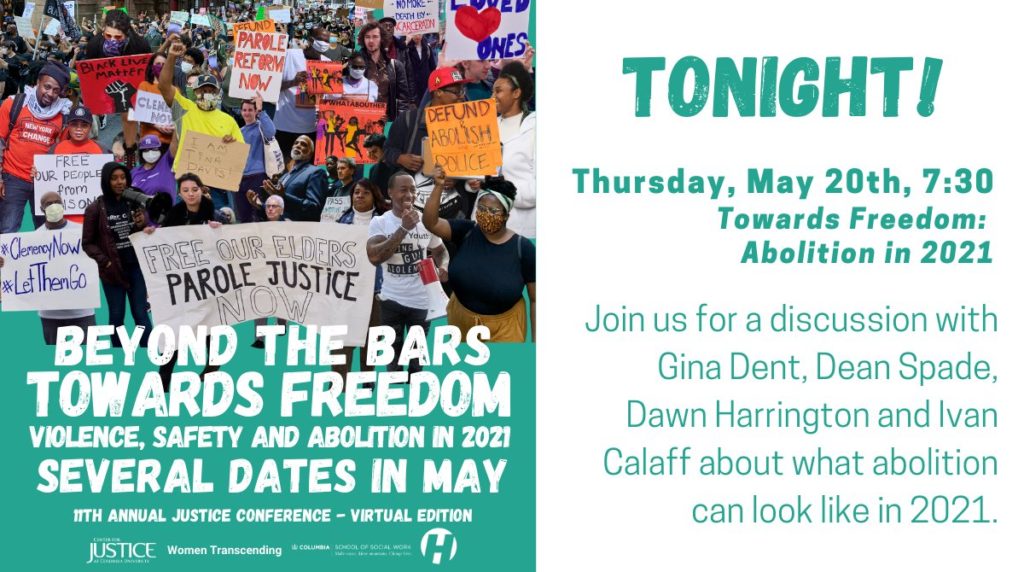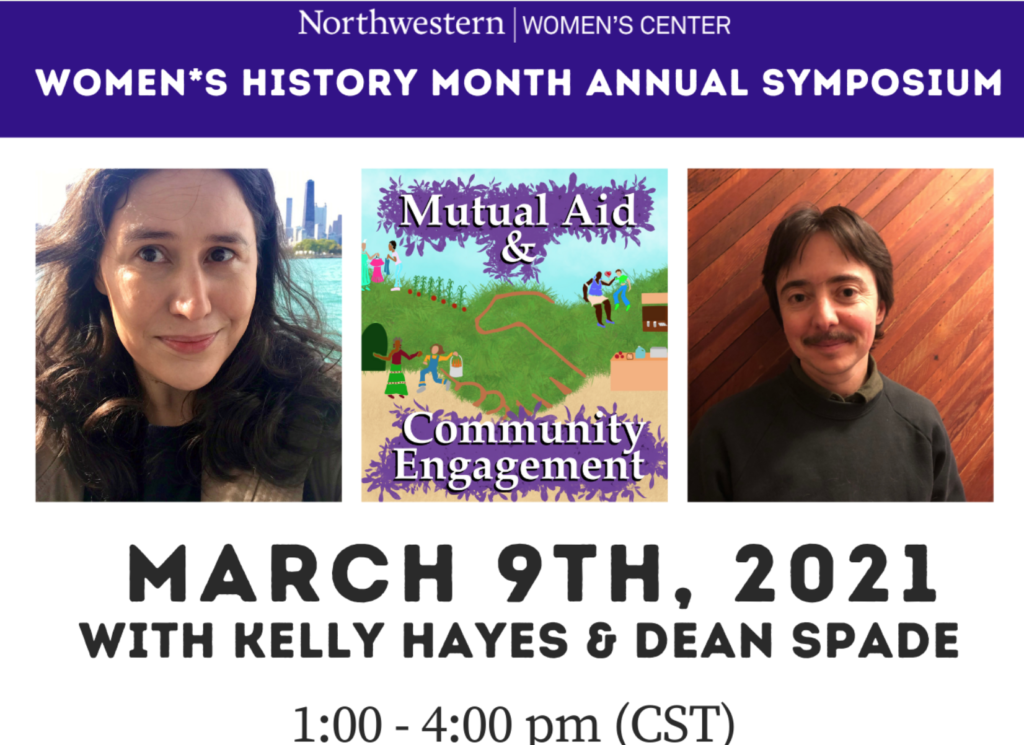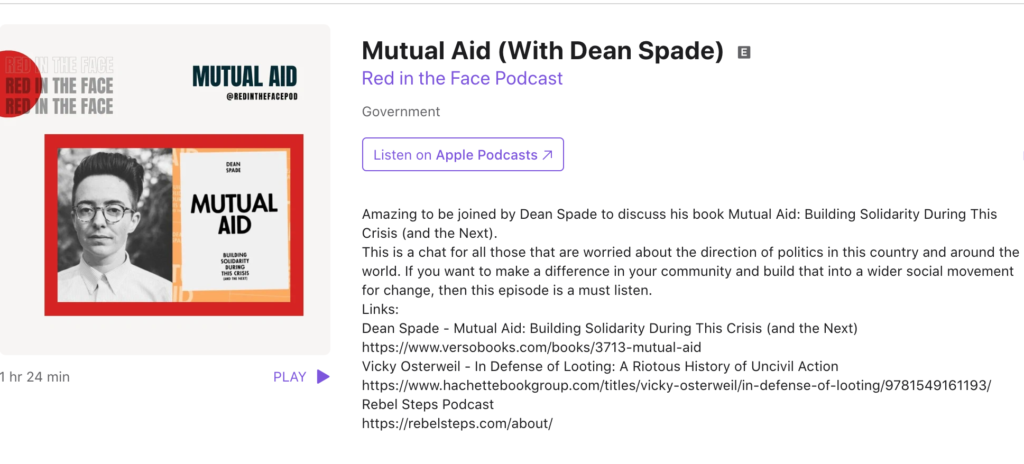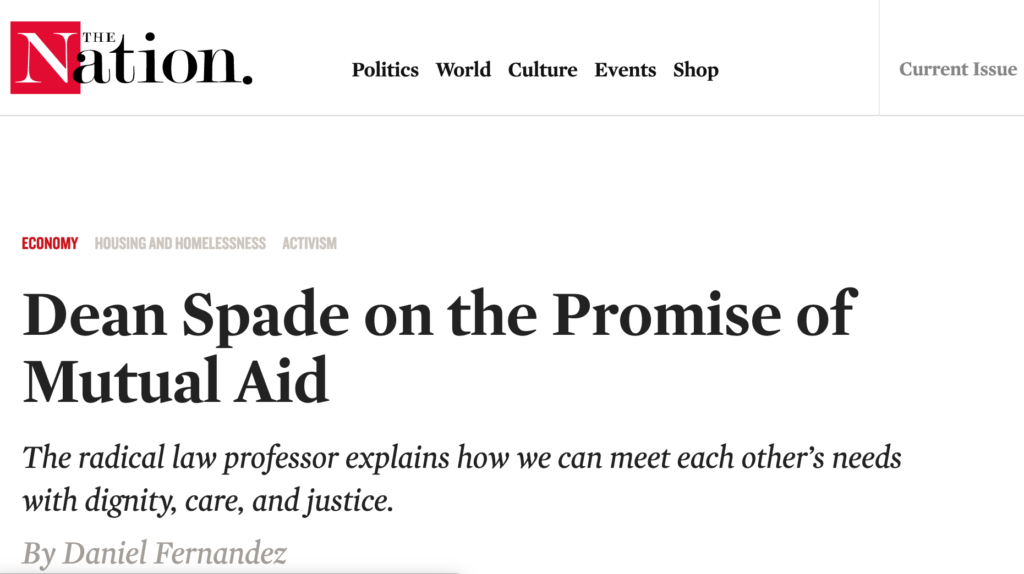October 2021-January 2022 I am offering this series of four workshops about how to meet common obstacles facing mutual aid groups. For each of the posted workshops, you can find the slides, links to resources mentioned, templates of proposals I discussed in the workshops, and other tools in the links below each video here. The last in the series is coming up January 20. Register here.
WORKSHOP 1: No Masters, No Flakes
Group culture, capacity, overwork, procrastination, and perfectionism in mutual aid groups.
Presentation slides (PDF)
Results from the live polls (PDF)
Resources
Dean Spade: Facilitating Conversations about Capacity in Mutual Aid Groups (video)
Dean Spade: Burnout in Mutual Aid Groups (video)
Building Capacity for Mutual Aid Groups (Workshop 2): Decision-Making (video)
WORKSHOP 2: Decision-Making
Resources
Dean Spade: Facilitating Conversations about Capacity in Mutual Aid Groups (video)
Dean Spade: Burnout in Mutual Aid Groups (video)
Building Capacity for Mutual Aid Groups (Workshop 1): No Masters, No Flakes! (video)
Consensus (Direct Democracy @ Occupy Wall Street) (video)
WORKSHOP 3: Skills for Abolitionist Practice
Live transcription is available here.
A workshop with Dean Spade about giving and receiving feedback in mutual aid groups.
Resources
- Slides from the workshop
- Workshop template – slide deck template to put on a workshop about group culture and feedback in your mutual aid group (Google slideshow)
- Turning Toward Each Other: A Conflict Workbook
- In It Together – a new workbook/toolkit for groups doing social movement work about conflict in our groups
- Centered Self-Accountability by Shannon Perez-Darby
- Building Accountable Communities video series
WORKSHOP 4: Bringing New People Into the Work
More videos from this series:
- Why Should Mutual Aid Groups Use Consensus Decision Making?
- Building Trust in Groups Using Consensus Decision Making
- Basic Steps in Consensus Decision Making
- Facilitation for Consensus Decision Making
- Mutual Aid and Internalized Cultural Messages about Work
- Horizontal Group Structures in Mutual Aid Work
- Group Culture around Capacity in Mutual Aid
- Facilitating Conversations about Capacity in Mutual Aid Groups
- Burnout in Mutual Aid Groups
